1)HOLLISTER, LE. “Clinical, Biochemical and 144. IRWIN, S., and T. EGOZCUE.”
Chromosomal Psychologic Effects of Psilocybin,” Ar Damage,” Science 159 (1968).
2)Hibbett, David S., David Grimaldi, and Michael J. Donoghue. “Fossil mushrooms from Miocene and Cretaceous ambers and the evolution of Homobasidiomycetes.” American Journal of Botany 84.7 (1997).
3)Sahagún, Bernardino de. “Historia general de las cosas de la Nueva España: Mexico.” DF, Editorial Porrúa (1992).
4)Diaz, José Luis. “Ethnopharmacology of sacred psychoactive plants used by the Indians of Mexico.” Annual Review of Pharmacology and Toxicology 17.1 (1977).
5)Lowy, Bernard. “Hallucinogenic mushrooms in Guatemala.” Journal of Psychedelic Drugs 9.2 (1977).
6)Stamets, Paul. Psilocybin mushrooms of the world: an identification guide. No. Sirsi) i9780898158397. Berkeley, CA: Ten Speed Press, 1996.
7)Allen, John. (2020). THE HALLUCINOGENIC FUNGI OF COLOMBIA, A NEW PERSPECTIVE: An Historical Examination of Possible Past Cultic Use by the Prehispanic Muiscas and Current Ludible Use by Tourists and Local Populations in the Department of Boyacá. Volume X [1-2].
8)Trutmann, Peter. “The forgotten mushrooms of ancient Peru.” Global Mountain Action 33 (2012).
9)Chantre, José. Historia de las misiones de la Campañía de Jesús en el Marañón español. A. Avrial, 1901.
10)Rodríguez Arce, José M., and Marco A. Arce cerdas. “Ritual consumption of psychoactive fungi and plants in ancestral Costa Rica.” Journal of Psychedelic Studies 3.2 (2019).
11)Froese, Tom, Gastón Guzmán, and Laura Guzmán-Dávalos. “On the Origin of the Genus Psilocybe and Its Potential Ritual Use in Ancient Africa and Europe 1.” Economic Botany 70.2 (2016).
12)HELVENSTON, Patricia A., and Paul G. Bahn. “Archaeology or mythology? The’three stages of trance’model and South African rock art.” Les Cahiers de l’AARS 10 (2006).
13)Samorini, Giorgio. “The oldest representations of hallucinogenic mushrooms in the world (Sahara Desert, 9000-7000 BP).” Integration 2.3 (1992).
14)McKenna, Terence. Food of the gods: A radical history of plants, drugs and human evolution. Rider, 1992.
15)Berlant, Stephen R. “The entheomycological origin of Egyptian crowns and the esoteric underpinnings of Egyptian religion.” Journal of ethnopharmacology 102.2 (2005).
16)Hollmann, Jeremy. “Preliminary report on the Koebee rock paintings, western Cape Province, South Africa.” The South African Archaeological Bulletin (1993).
17)Zsigmond, Győző. “Les champignons dans la médecine populaire hongroise.” Bulletin trimestriel de la Société mycologique de France 115.1 (1999).
18)Akers, Brian P., et al. “A prehistoric mural in Spain depicting neurotropic Psilocybe mushrooms?.” Economic Botany 65.2 (2011).
19)Samorini, Giorgio. “Nuevas fronteras de la etnomicología.” Los enteógenos y la ciencia, nuevas aportaciones científicas al estudio de las drogas. Los Libros de la Liebre de Marzo. Colección Cogniciones, Barcelona (1999).
20)Molodin, Vyacheslav, and D. Cheremissin. “Pétroglyphes de l’âge du bronze du plateau d’Ukok. A propos des représentations de personnages avec une coiffure fongiforme.” Arts Asiatiques 54.1 (1999).
21)Kaplan, R. W. (1975). The sacred mushroom in Scandinavia. Man.
22)Guzmán Huerta, Gastón. The genus Psilocybe; a systematic revision of the known species including the history, distribution and chemistry of the hallucinogenic species. No. 589.2 G82. 1983.
23)Samorini, G. “Kuda-kallu: umbrella-stones or mushroom-stones?(Kerala, Southern India).” Integration 6 (1995).
24)Patouillard, N. (1907) Champignons nouveaux de Tonkin (Viet-Nam). Bulletin de la Societe Mycologique de France 23, 69.79.
25)Kenna, T.M., & Kenna, T.M. (2001). Psychedelics Revisited : Hallucinogenic Mushrooms and Evolution.
26)Allen, John W., and Mark D. Merlin. “Psychoactive mushroom use in Koh Samui and Koh Pha-Ngan, Thailand.” Journal of ethnopharmacology 35.3 (1992).
27)Poole, Fitz John Porter. “Ritual rank, the self, and ancestral power: Liturgy and substance in a Papua New Guinea society.” Drugs in Western Pacific Societies: Relations of Substance. Lanham, Maryland: University Press of America (1987).
28)Clarke, William C. “Temporary madness as theatre: wild-man behaviour in New Guinea.” Oceania 43.3 (1973).
29)Maillart-Garg, Meena, and Michael Winkelman. “The “Kamasutra” temples of India: A case for the encoding of psychedelically induced spirituality.” Journal of Psychedelic Studies 3.Special-Issue (2019).
30)Crowley, Mike. “Umbrellas, Wheels and Bumps on the Head: A Proposed Solution to the Uṣṇīṣa Mystery.” Time and Mind 8.2 (2015).
31)Brown, Jerry B., and Julie M. Brown. “Entheogens in Christian art: Wasson, Allegro, and the Psychedelic Gospels.” Journal of Psychedelic Studies 3.Special-Issue (2019).
32)Whiting, Alfred F. “Plantae Mexicanae II, The Identification of Teonanacatl, a Narcotic Basidiomycete of the Aztecs. Richard Evans Schultes.(Botanical Museum Leaflets, Harvard University, Vol. 7, No. 3; 37-54, 1 plate, Cambridge, February 1939.).” American Antiquity 6.2 (1940).
33)Heim, Roger. “LES CHAMPIGNONS DIVINATOIRES UTILISES DANS LES RITES DES INDIENS MAZATEQUES, RECUEILLIS AU COURS DE LEUR PREMIER VOYAGE AU MEXIQUE, EN 1953, PAR MME WASSON, VALENTINA PAVLOVNA ET WASSON, MR GORDON.” COMPTES RENDUS HEBDOMADAIRES DES SEANCES DE L ACADEMIE DES SCIENCES 242.8 (1956).
34)Wasson, R. Gordon. “Seeking the magic mushroom.” Life 42.19 (1957).
35)Hofmann, Albert, et al. “Psilocybin, ein psychotroper Wirkstoff aus dem mexikanischen Rauschpilz Psilocybe mexicana Heim.” Experientia 14.3 (1958).
36)Ray, Thomas S. “Psychedelics and the human receptorome.” PloS one 5.2 (2010).
37)Leary, Timothy, George H. Litwin, and Ralph Metzner. “Reactions to psilocybin administered in a supportive environment.” Journal of Nervous and Mental Disease (1963).
38)Berge, Jos Ten. “Breakdown or breakthrough? A history of European research into drugs and creativity.” The Journal of Creative Behavior 33.4 (1999).
39)Pokorny, Thomas, et al. “Modulatory effect of the 5-HT1A agonist buspirone and the mixed non-hallucinogenic 5-HT1A/2A agonist ergotamine on psilocybin-induced psychedelic experience.” European Neuropsychopharmacology 26.4 (2016).
40)Vollenweider, Franz X., and Michael Kometer. “The neurobiology of psychedelic drugs: implications for the treatment of mood disorders.” Nature Reviews Neuroscience 11.9 (2010).
41)Vollenweider, Franz X., et al. “5-HT modulation of dopamine release in basal ganglia in psilocybin-induced psychosis in man—a PET study with [11 C] raclopride.” Neuropsychopharmacology 20.5 (1999).
42)Moreno, José L., et al. “Metabotropic glutamate mGlu2 receptor is necessary for the pharmacological and behavioral effects induced by hallucinogenic 5-HT2A receptor agonists.” Neuroscience letters 493.3 (2011).
43)Mason, N. L., et al. “Me, myself, bye: regional alterations in glutamate and the experience of ego dissolution with psilocybin.” Neuropsychopharmacology 45.12 (2020).
44)Smigielski, Lukasz, et al. “Psilocybin-assisted mindfulness training modulates self-consciousness and brain default mode network connectivity with lasting effects.” NeuroImage 196 (2019).
45)Carhart-Harris, Robin L., et al. “Neural correlates of the psychedelic state as determined by fMRI studies with psilocybin.” Proceedings of the National Academy of Sciences 109.6 (2012).
46)Roseman, Leor, et al. “The effects of psilocybin and MDMA on between-network resting state functional connectivity in healthy volunteers.” Frontiers in human neuroscience 8 (2014).
47)Carhart-Harris, Robin L., et al. “Functional connectivity measures after psilocybin inform a novel hypothesis of early psychosis.” Schizophrenia bulletin 39.6 (2013).
48)Kometer, Michael, et al. “Activation of serotonin 2A receptors underlies the psilocybin-induced effects on α oscillations, N170 visual-evoked potentials, and visual hallucinations.” Journal of Neuroscience 33.25 (2013).
49)Barrett, Frederick S., et al. “Psilocybin acutely alters the functional connectivity of the claustrum with brain networks that support perception, memory, and attention.” NeuroImage 218 (2020).
50)Gonzalez-Maeso, Javier, and Stuart C. Sealfon. “Psychedelics and schizophrenia.” Trends in neurosciences 32.4 (2009).
51)Wittmann, Marc, et al. “Effects of psilocybin on time perception and temporal control of behaviour in humans.” Journal of Psychopharmacology 21.1 (2007).
52)Carhart-Harris, Robin L., et al. “Psilocybin for treatment-resistant depression: fMRI-measured brain mechanisms.” Scientific reports 7.1 (2017).
53)Griffiths, Roland R., et al. “Psilocybin occasioned mystical-type experiences: immediate and persisting dose-related effects.” Psychopharmacology 218.4 (2011).
54)Kometer, Michael, et al. “Psilocybin-induced spiritual experiences and insightfulness are associated with synchronization of neuronal oscillations.” Psychopharmacology 232.19 (2015).
55)Hendricks, Peter S., Matthew W. Johnson, and Roland R. Griffiths. “Psilocybin, psychological distress, and suicidality.” Journal of Psychopharmacology 29.9 (2015).
56)Catlow, Briony J., et al. “Effects of psilocybin on hippocampal neurogenesis and extinction of trace fear conditioning.” Experimental brain research 228.4 (2013).
57)Kraehenmann, Rainer, et al. “Psilocybin-induced decrease in amygdala reactivity correlates with enhanced positive mood in healthy volunteers.” Biological psychiatry 78.8 (2015).
58)Stroud, J. B., et al. “Psilocybin with psychological support improves emotional face recognition in treatment-resistant depression.” Psychopharmacology 235.2 (2018).
59)Carhart-Harris, Robin L., et al. “Psilocybin with psychological support for treatment-resistant depression: six-month follow-up.” Psychopharmacology 235.2 (2018).
60)Watts, Rosalind, et al. “Patients’ accounts of increased “connectedness” and “acceptance” after psilocybin for treatment-resistant depression.” Journal of humanistic psychology 57.5 (2017).
61)Vargas, Ana Sofia, et al. “Psilocybin as a New Approach to Treat Depression and Anxiety in the Context of Life-Threatening Diseases—A Systematic Review and Meta-Analysis of Clinical Trials.” Biomedicines 8.9 (2020).
62)Belser, Alexander B., et al. “Patient experiences of psilocybin-assisted psychotherapy: an interpretative phenomenological analysis.” Journal of Humanistic Psychology 57.4 (2017).
63)Moreno, Francisco A., et al. “Safety, tolerability, and efficacy of psilocybin in 9 patients with obsessive-compulsive disorder.” Journal of Clinical Psychiatry 67.11 (2006).
64)Dos Santos, Rafael G., et al. “Antidepressive, anxiolytic, and antiaddictive effects of ayahuasca, psilocybin and lysergic acid diethylamide (LSD): a systematic review of clinical trials published in the last 25 years.” Therapeutic advances in psychopharmacology 6.3 (2016): 193-213..
65)De Veen, Bas TH, et al. “Psilocybin for treating substance use disorders?.” Expert review of neurotherapeutics 17.2 (2017).
66)Kelly, John R., et al. “Psychedelic science in post-COVID-19 psychiatry.” Irish journal of psychological medicine (2020).
67)Pokorny, Thomas, et al. “Effect of psilocybin on empathy and moral decision-making.” International Journal of Neuropsychopharmacology 20.9 (2017).
68)Mason, Natasha L., et al. “Sub-acute effects of psilocybin on empathy, creative thinking, and subjective well-being.” Journal of psychoactive drugs 51.2 (2019).
69)Hasler, Felix, et al. “Acute psychological and physiological effects of psilocybin in healthy humans: a double-blind, placebo-controlled dose–effect study.” Psychopharmacology 172.2 (2004).
70)Griffiths, Roland R., et al. “Psilocybin-occasioned mystical-type experience in combination with meditation and other spiritual practices produces enduring positive changes in psychological functioning and in trait measures of prosocial attitudes and behaviors.” Journal of Psychopharmacology 32.1 (2018).
71)MacLean, Katherine A., Matthew W. Johnson, and Roland R. Griffiths. “Mystical experiences occasioned by the hallucinogen psilocybin lead to increases in the personality domain of openness.” Journal of Psychopharmacology 25.11 (2011).
72)Mollinedo-Gajate, Irene, et al. “Psilocybin rescues sociability deficits in an animal model of autism.” bioRxiv (2020).

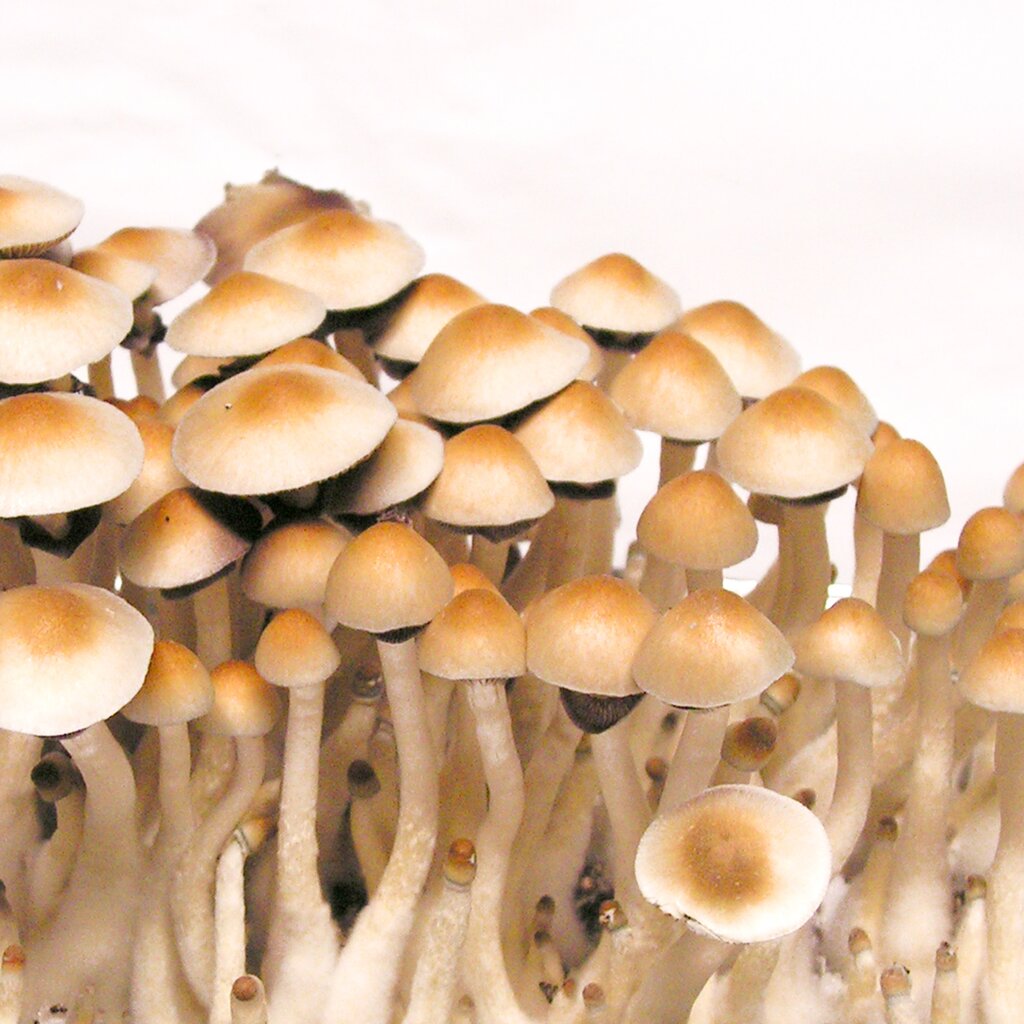
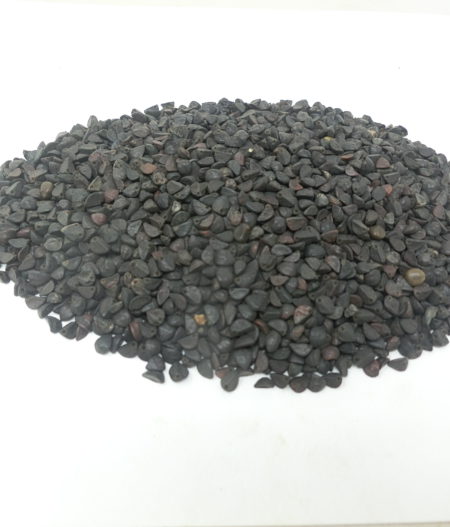
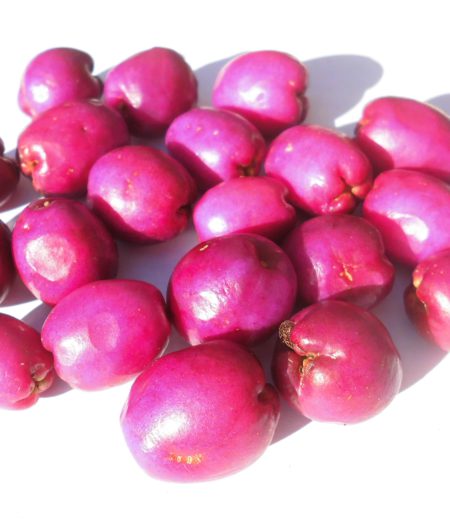
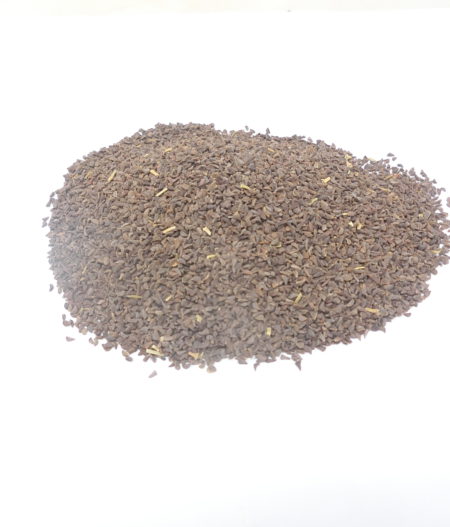
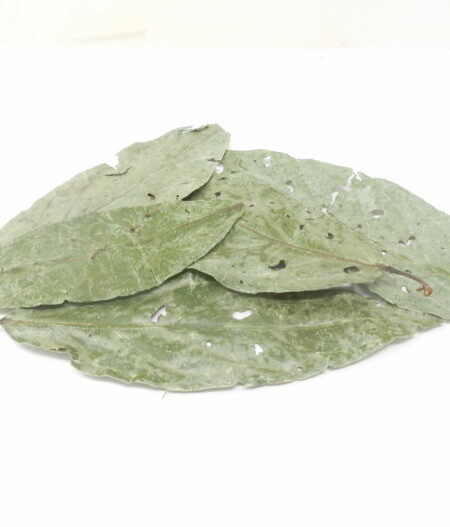
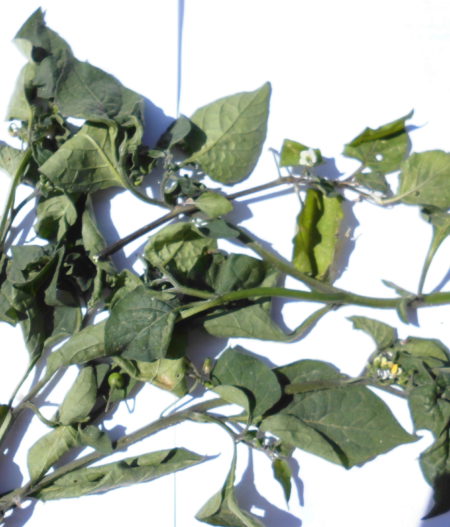
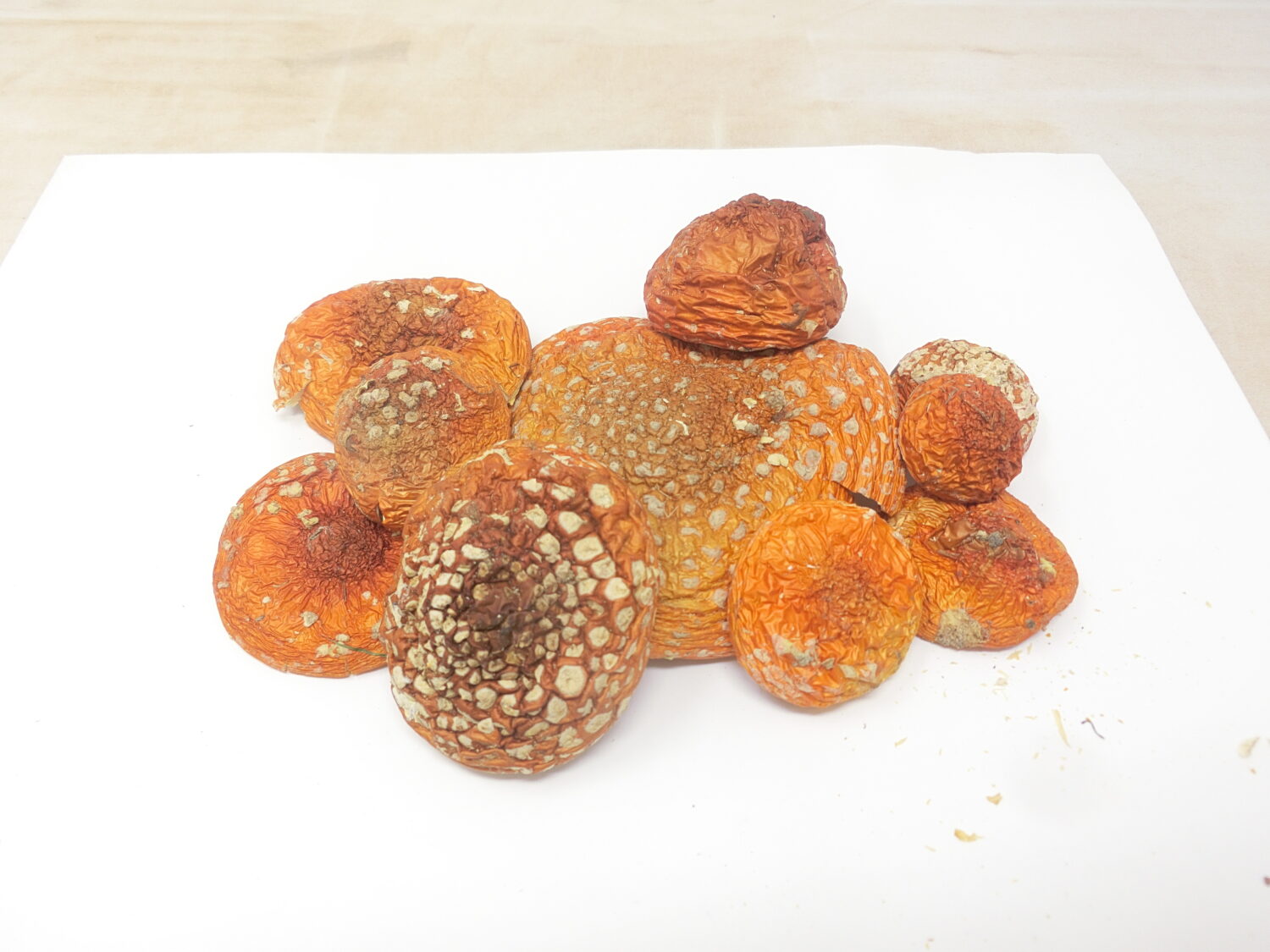
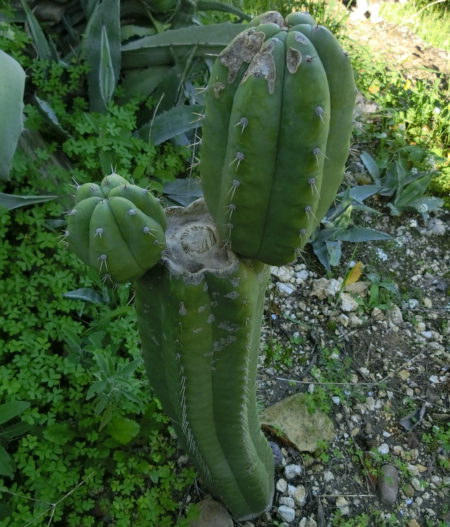
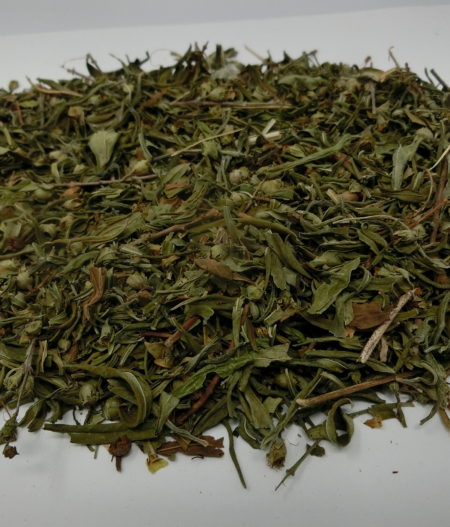
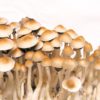
Lorenzo –
Perfetti, si vede benissimo il micelio